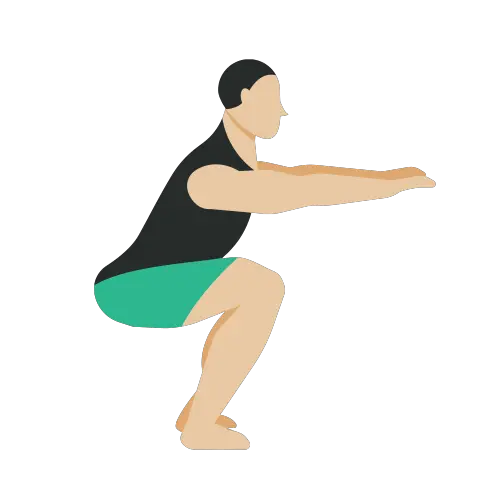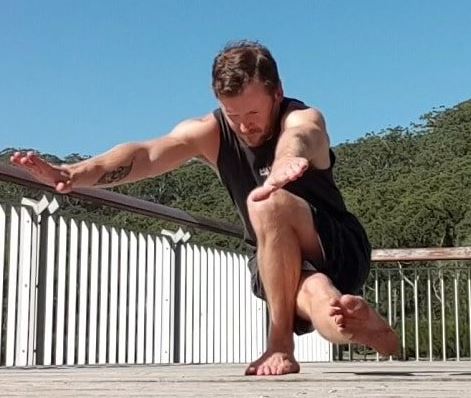Welcome to our in-depth guide on mastering the dragon squat, a powerful and dynamic exercise that targets multiple muscle groups for a full-body workout. Whether you’re a fitness enthusiast or a seasoned gym-goer, perfecting your dragon squat form can elevate your training routine to new heights.
Understanding the Dragon Squat
What is a Dragon Squat?
The dragon squat is a compound exercise that combines elements of traditional squats and dynamic lunges. It engages the quadriceps, hamstrings, glutes, and core muscles, making it an excellent choice for those looking to strengthen their lower body while enhancing overall stability.
Benefits of Dragon Squats
Building Strength and Stability
- Muscle Engagement: Dragon squats activate major muscle groups simultaneously, promoting balanced strength development.
- Functional Movement: Mimicking natural movement patterns, dragon squats enhance functional fitness, crucial for everyday activities.
Dragon Squats Muscles Worked
Dragon squats muscles worked are glute max, adductors, quads and hamstrings. It mostly targets your thigh muscles.
Dragon squat is quite hard for beginners.
You should first practice normal squats and pistol squats for beginners before you start dragon squat.
Proper Dragon Squat Form | Dragon Squat Tutorial
Step-by-Step Guide Below
Follow these detailed steps to ensure you execute the dragon squat with precision and maximize its effectiveness:
- Starting Position: Stand with feet shoulder-width apart, toes slightly pointed out.
- Lunge Back: Take a step back with one foot, lowering the knee towards the ground.
- Front Leg Position: Keep the front knee aligned with the ankle, forming a 90-degree angle.
- Torso Upright: Maintain an upright torso, engaging the core for stability.
- Return to Starting Position: Push through the front heel, bringing the back foot forward.
- Switch Legs: Repeat the process with the opposite leg.
Common Mistakes to Avoid
Ensuring Proper Execution
- Collapsed Posture: Maintain an upright posture to prevent stress on the lower back.
- Knee Alignment: Ensure the front knee aligns with the ankle to prevent strain.
- Overreaching: Avoid overextending the lunge to protect the knee joints.
Incorporating Dragon Squats Into Your Routine
Tailoring to Your Fitness Goals
- Strength Training: Include dragon squats in your leg day routine for overall lower body strength.
- HIIT Workouts: Incorporate dynamic dragon squats for an intense cardiovascular workout.
Advanced Tips for Dragon Squats
Challenging Your Limits
- Plyometric Variation: Add a jump between lunges to intensify the exercise.
- Weighted Dragon Squats: Incorporate dumbbells or kettlebells for increased resistance.
Watch below video for dragon pistol squat progression. Dragon squat progression and regression are really important when you are a beginner.
Conclusion
Mastering the dragon squat is a game-changer in your fitness journey, offering a versatile and challenging exercise for optimal lower body development. Execute each movement with precision, avoid common pitfalls, and customize your routine to align with your fitness goals. If you liked dragon squats, you may also like to learn cable squats from our home page.
Yes, start with bodyweight dragon squats and gradually progress to added resistance.
Aim for 2-3 sessions per week, allowing ample recovery between sessions.
Consult with a healthcare professional before attempting dragon squats if you have pre-existing knee concerns.
If you are taking proper nutrition and doing it under supervision, it won’t affect your knees. Moreover, you should perfect your other beginner squats first.
Plyometric jumps and weighted dragon squats are excellent variations for added intensity.
Yes, the dynamic movements in dragon squats contribute to improved flexibility over time.

